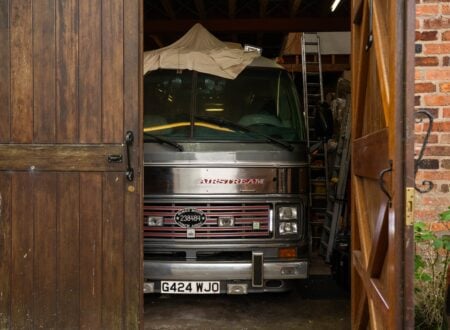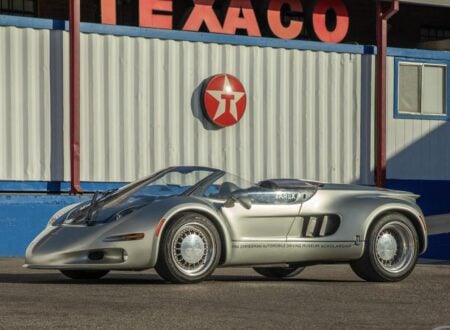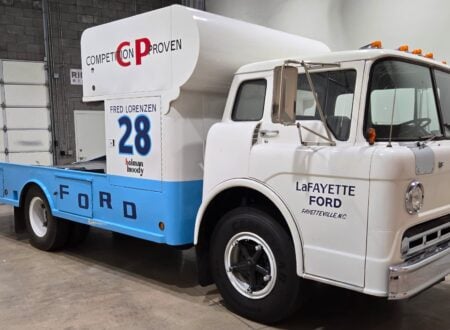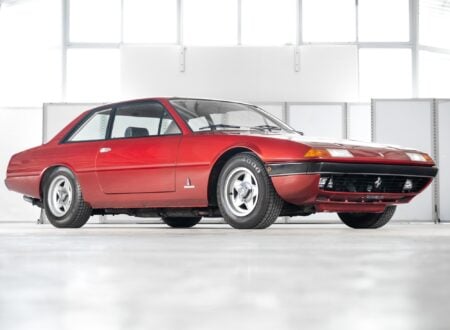This is a Triumph Stag fastback prototype and if you’ve never seen one before it’s likely because just three were made, the variant never made it into full production, and this is the only surviving example.
The Stag is one of those classic cars that people either love or hate, those that love it point to the unique styling, independent suspension and V8 thrills, those who hate them point to the reputation for overheating and timing chain woes.
Fast Facts – The Triumph Stag Fastback
- The Triumph Stag was developed in the late 1960s as a high-end GT car designed to compete with the likes of the Mercedes-Benz SL series and the Jaguar E-Type. The Stag was designed by Giovanni Michelotti in Italy, and its styling would then be used by other cars in the Triumph family including the T2000/T2500 Mark II.
- A new V8 engine was developed for the Stag, originally 2.5 liters which was expanded out to 3.0 liters. It featured an iron block, alloy heads, and a single overhead cam per bank. Power output was 145 bhp at 5,500 rpm with 170 lb ft of torque at 3,500 rpm.
- The Stag was built on a steel unibody chassis, it had independent suspension front and back, with rack and pinion steering, front disc brakes, and it could be ordered with either a manual or automatic transmission.
- Production of the Triumph Stag was delayed a number of times and the design had to be changed more than once to meet various safety standards. Almost 26,000 were made in total between 1970 and 1977. The car developed a reputation for overheating and stretching its timing chains, however these issues have typically been resolved by owners.
The Triumph Stag
The story of the Triumph Stag began in the mid-1960s when British Leyland, the parent company of Triumph, sought to create a new luxury grand tourer to compete with the likes of the Mercedes-Benz SL and the Jaguar E-Type. The styling of the car, initially codenamed “Stag,” was done by Giovanni Michelotti, who had previously collaborated with Triumph on models including the Herald, Spitfire, and TR4.
https://youtu.be/lWWErDU09JU
Above Video: This feature length documentary is titled “The Dream Car,” it covers the development and release of the Triumph Stag, and it was filmed on location in the late 1960s and into 1970s.
Michelotti’s initial proposal was based on a modified Triumph 2000 saloon chassis. However, the final production model featured a unique platform, specifically designed for the Stag. The car’s development was heavily influenced by the growing demand for comfortable, high-performance grand tourers, which were becoming increasingly popular among well-heeled motorists.
One of the Stag’s most defining features is its T-bar roll-over hoop, which provides structural rigidity and added safety for occupants. In the 1960s it was widely believed that the US Department of Transport might ban convertibles due to safety concerns, and so cars like the Triumph Stag and Porsche 911 Targa offered convertible motoring with the safety of a permanent roll bar.
Triumph initially intended to use their 2.5 liter inline-six engine in the Stag, similar to the one found in the Triumph 2000 saloon and the TR6. However, Triumph’s engineers soon realized that this engine would be insufficient to deliver the performance required for a grand tourer. As a result, they developed a new 3.0 liter V8 engine specifically for the model.
The Stag’s V8 produced approximately 145 bhp at 5,500 rpm and 170 lb ft of torque at 3,500 rpm, allowing the car to accelerate from 0 to 60 mph in just under 10 seconds and reach a top speed of around 120 mph.
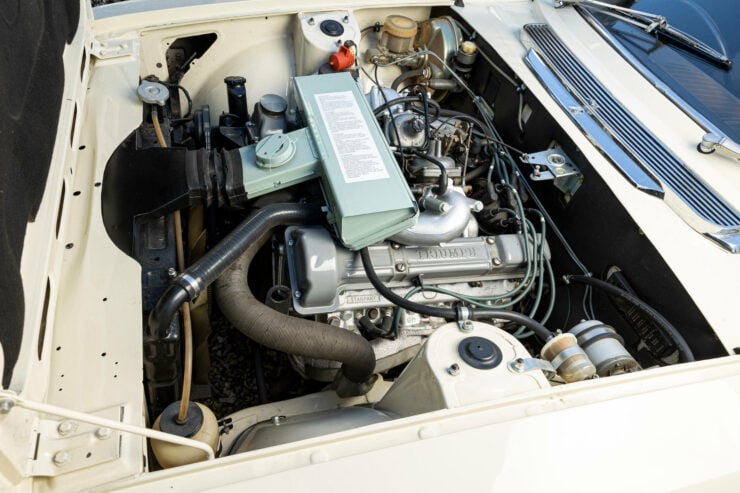

Transmission options for the Stag included a 4-speed manual gearbox, with or without overdrive, and a three-speed automatic transmission. The availability of different transmission options allowed prospective owners to choose the configuration that best suited their driving preferences, with the more sporting drivers typically opting for the manual.
The Stag was officially launched in June 1970 and was met with significant interest from the automotive press and public alike. Over the course of its 7-year production run, approximately 26,000 Stags were manufactured, far fewer than this survive today making it a rare and collectible classic.
Overheating And Other Troubles
When discussing the Triumph Stag there are two famous issues with the car that typically get brought up immediately – overheating and stretched (or skipping) timing chains.
Issues with the design of the coolant pump and coolant system could lead to pump failure. There was also the fact that the engine needed a corrosion inhibitor in the coolant, as it had an iron block and alloy heads which could lead to electrolytic corrosion which would result in clogs developing in the system.
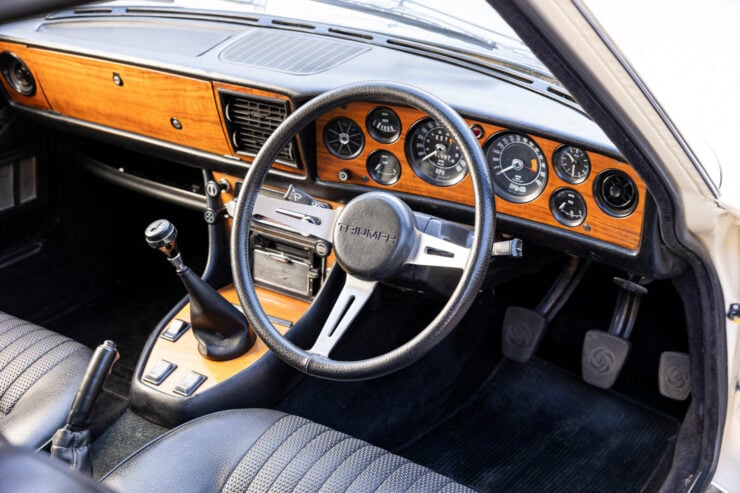

The overhead cam design of the Triumph Stag V8 was powered by timing chains, these chains had a bad habit of stretching and would sometimes then skip off the sprockets and cause the engine to lunch itself as the valves met the pistons.
Triumph Stag owners have done a remarkable job of reverse engineering these issues and developing solid fixes for them. It’s now possible to buy upgraded coolant pumps, improved radiators, modern corrosion inhibiting coolant, and much improved timing chains.
Some owners have done what Triumph should probably have done in the first place, and fitted the Rover V8 engine which offers more power, slightly less weight, and better out-of-the-box reliability than the Triumph-developed unit.
The Triumph Stag Fastback Prototype Shown Here
The Stag you see here is the only one of its kind left in the world, it’s the last surviving Stag Fastback and it represents an interesting piece of British motoring history.


The production version of the Stag was only ever offered as a targa-type convertible with the fixed roll bar, the styling of the roof wasn’t to everyone’s taste and so it would have been interesting to see how the Fastback version of the Stag might have sold.
In the late 1960s a Triumph Stag bodyshell had been sent to Michelotti in Turin so that he could design a fastback roof for it, have it fabricated and fitted, and then send the car back to Triumph in England.
Three cars were partially built before the project was officially nixed by parent company British Leyland, who felt that the Triumph Stag Fastback might cannibalize sales from the upcoming Jaguar XJS model.
Two of the prototypes were scrapped but for reasons unknown the car you see here was saved. It was kept at the factory and slowly assembled over time into a fully equipped Stag. Once completed it was kept by one of British Leyland’s directors for his own personal use, and registered for the road.
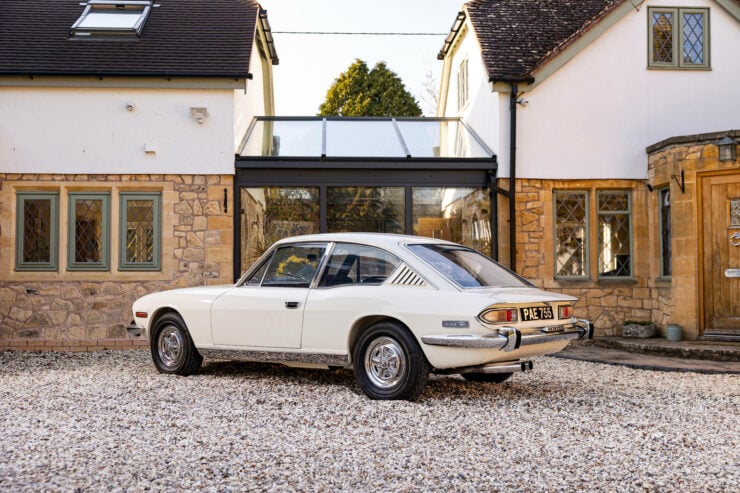

Many years later the almost mythical Stag Fastback was found by enthusiast and collector Alan Hart who organized for it to have a full restoration, after which it was displayed at the 1989 NEC Classic Car Show.
In later years it was shown at the Cartier Style et Luxe Concours at the Goodwood Festival of Speed in June 2000, and at the Earls Court Motor Show Exhibition at the Goodwood Revival in 2014.
Fittingly the car is now being offered for sale at the Goodwood Members’ Meeting on the 16th of April, it has a price guide of £50,000 – £80,000 and you can visit the listing here if you’d like to read more about it or register to bid.
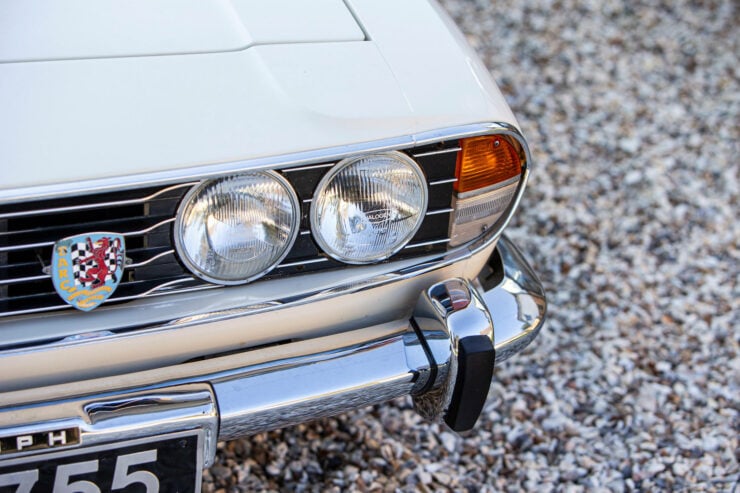
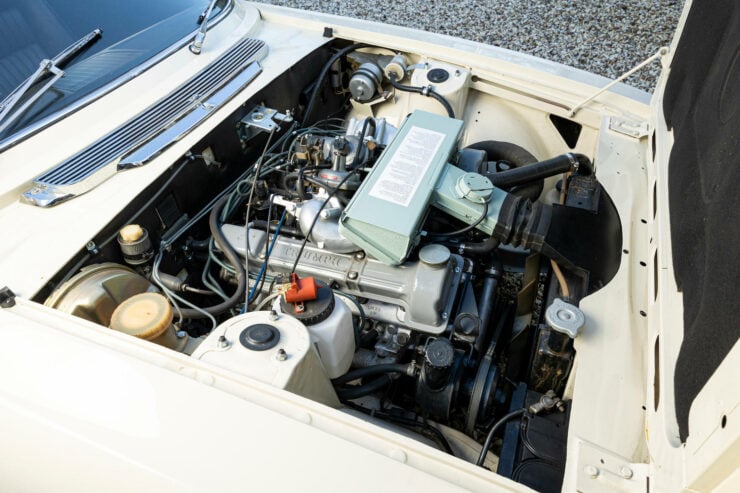
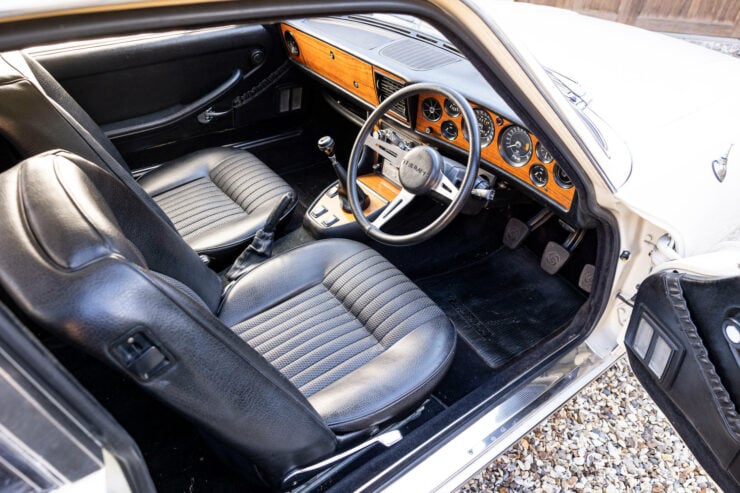
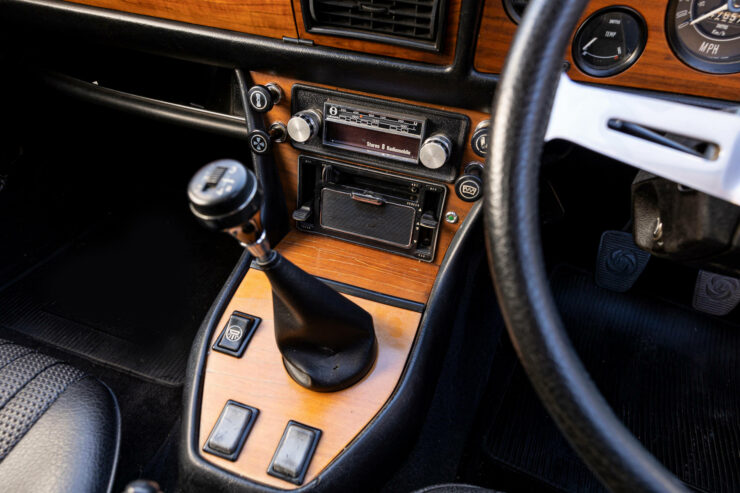
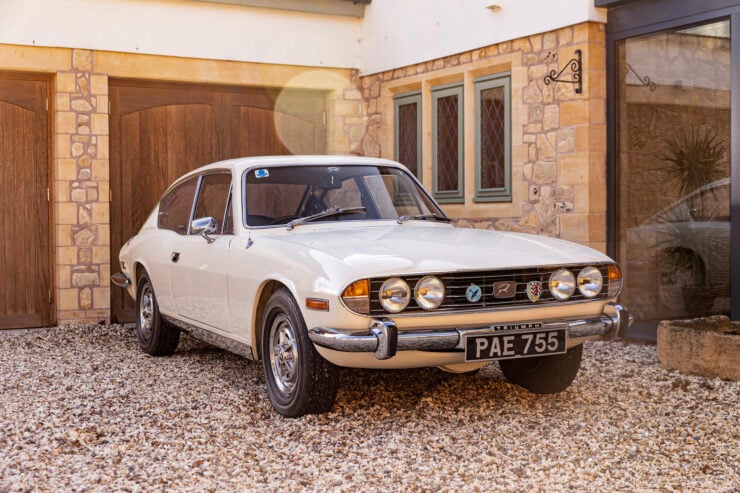

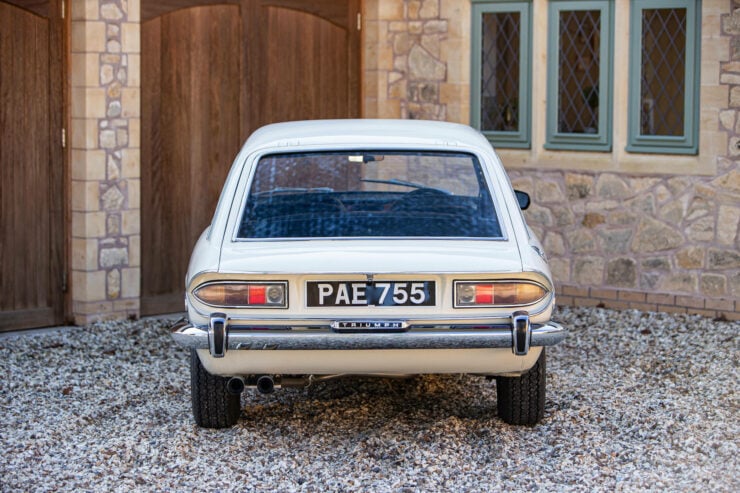
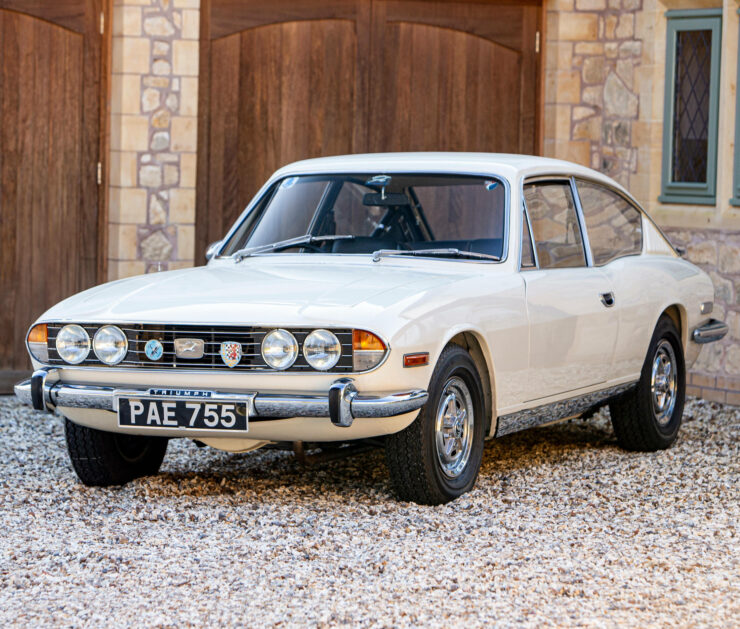
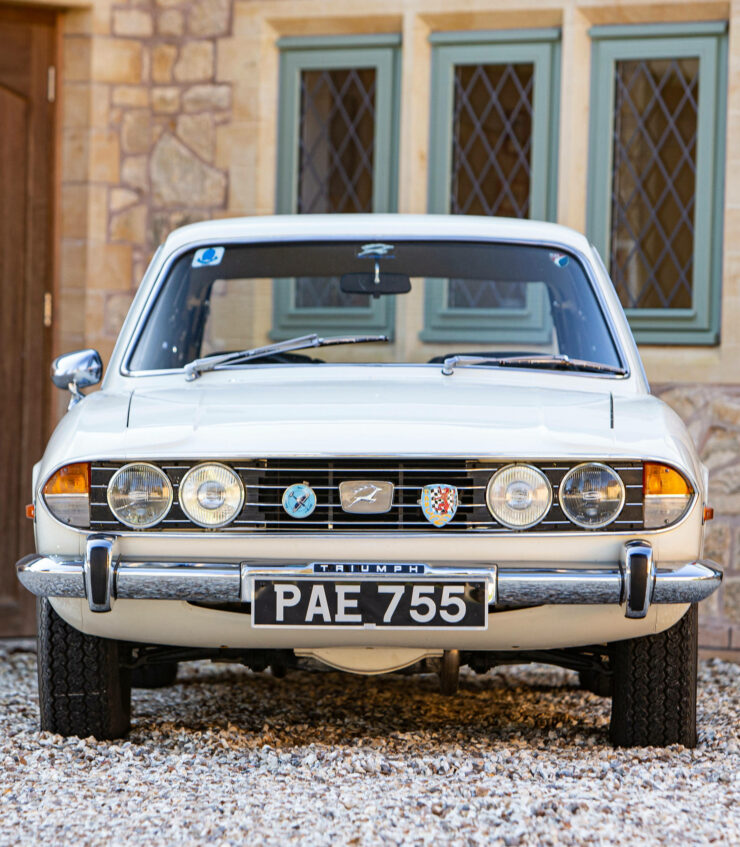
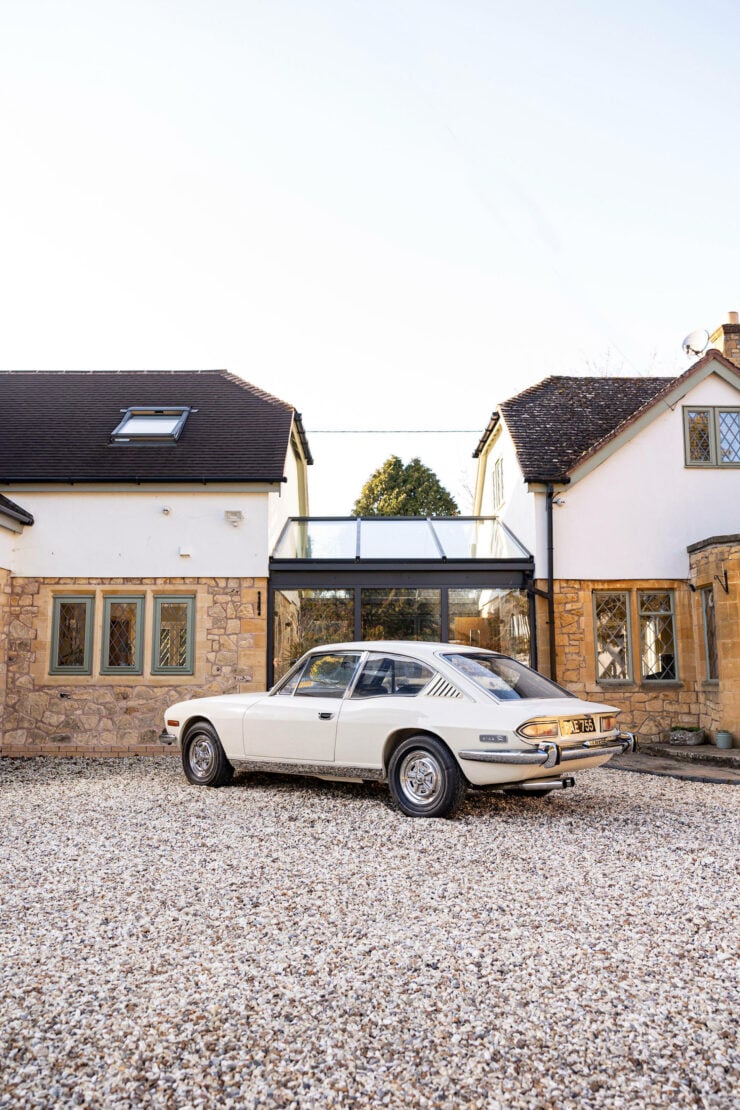
Images courtesy of Bonhams




